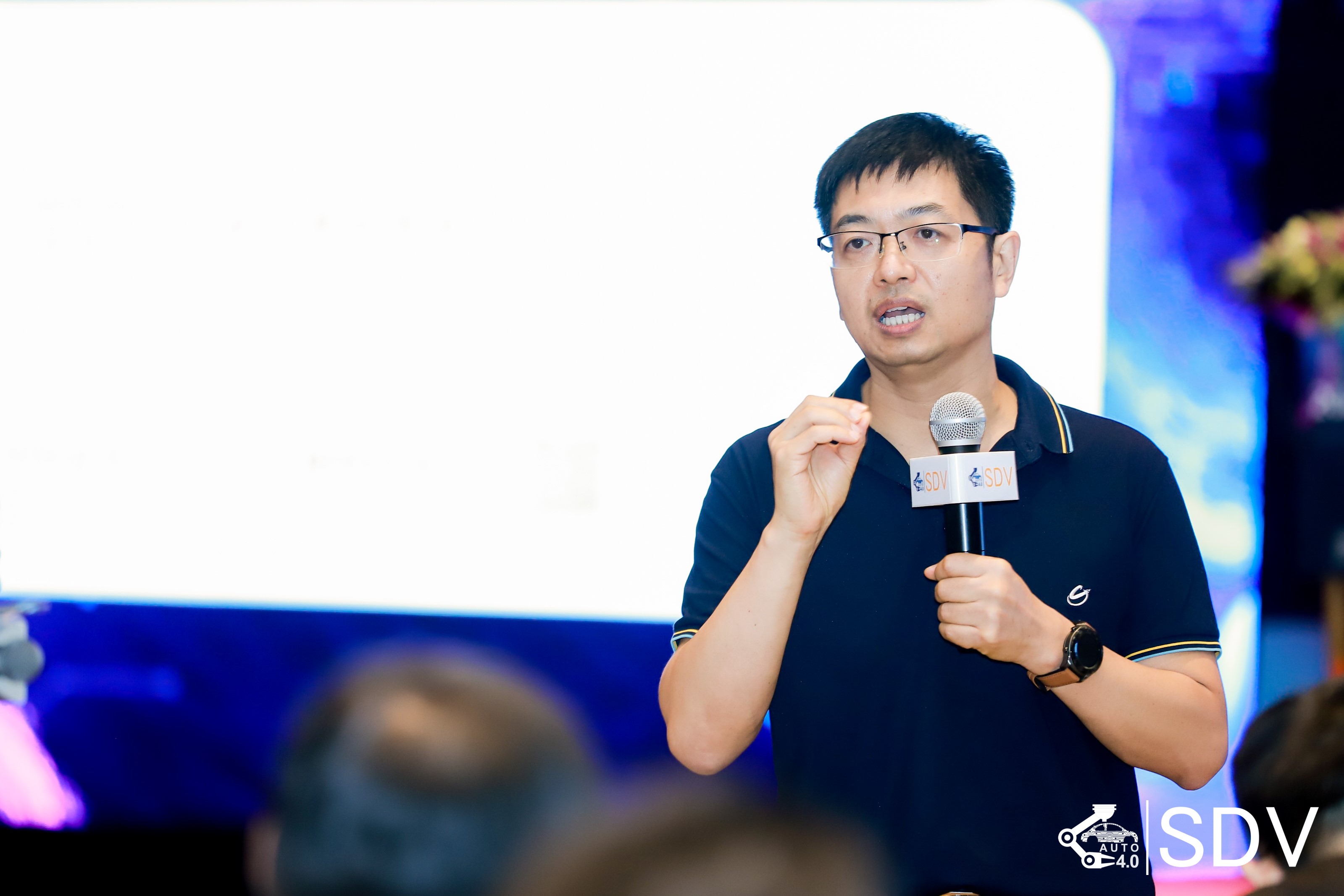the rapid development of vehicles to be more intelligent, networked, electrified and sharable, it is increasingly important to promote the application of software to vehicles. More and more ecological players and conventional enterprises are expanding investment in the software field to be better prepared for the upcoming “software-defined automobile” age.
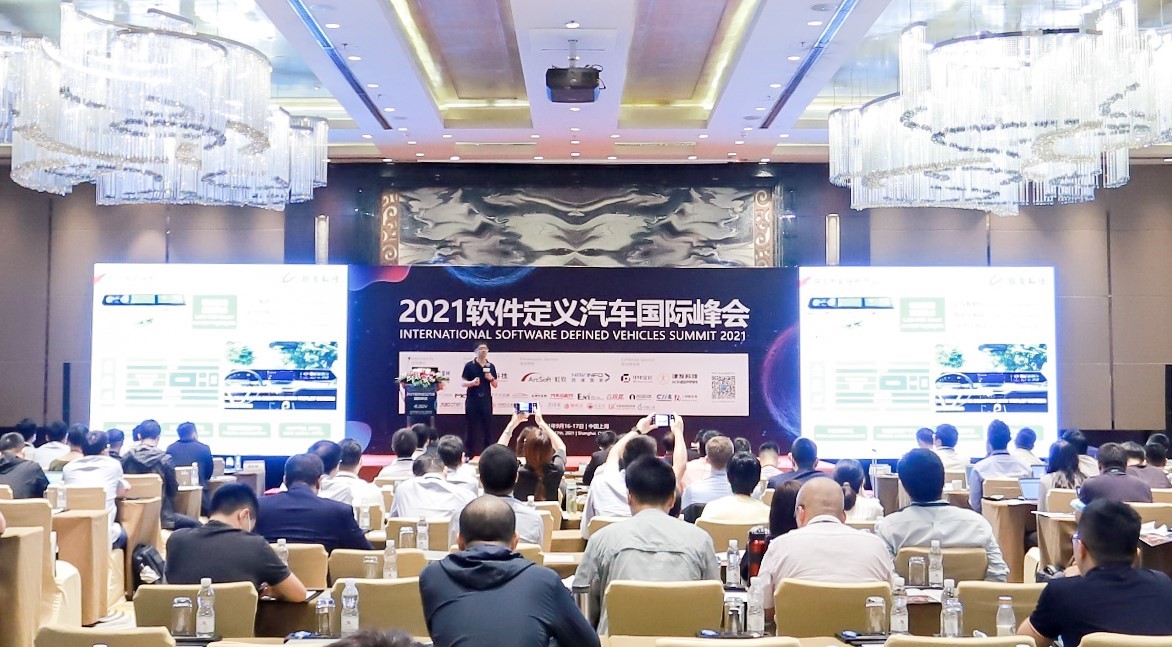
The International Software Defined Vehicles Summit2021 opened on September 16, 2021, attended by over 300 experts, enterprise leaders, and representatives from the automobile and parts & components industries. Focused on the latest technological developments of vehicle and parts manufacturers in software, business practices in intelligent driving,new-generation electronic and electric architectures, network communication security, onboard operating systems, etc. were shared, and the current technological development and future development of the automobile industry in the “software-defined automobile” trend were discussed.
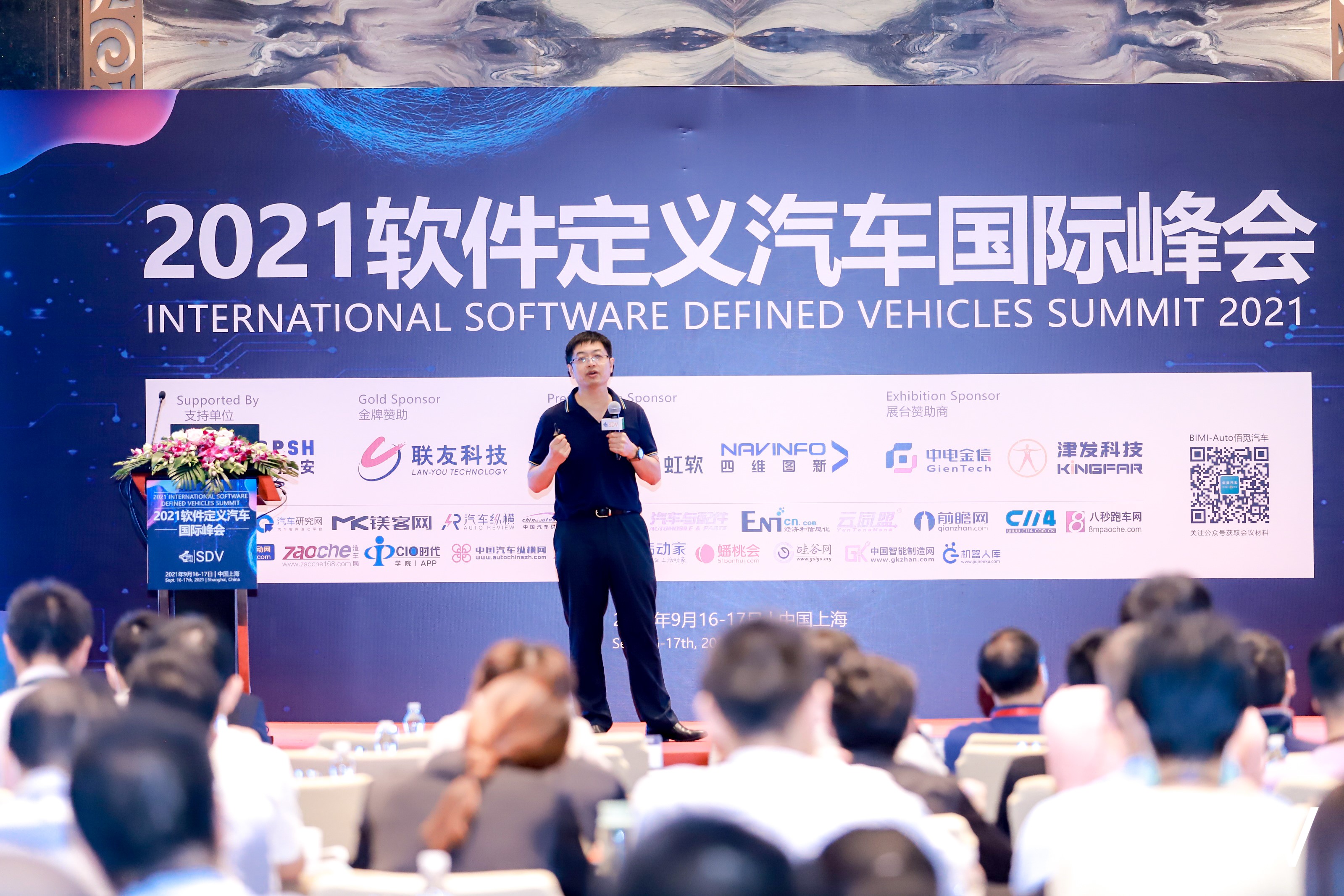
Lanyou Technology appeared at the summit as the supporting organization, and drew high attention from those present. Wen Junhong, GM assistantof Lanyou Technology, made the keynote speech “Quadruple Game of SOA” at the summit, sharing Lanyou Technology’s thoughts and practices in automobile SOA application systematically.
“The automobile industry is faced with two major trends, i.e., scenario-based user needs and service-oriented product functions,which have become an industry consensus. Only if we truly understand users’ needs in different scenarios and figure out how to meet them can we create products and functions that make customers satisfied.”
Wen Junhong said the SOA was the best way to meet user needs. In the implementation of SOA, the four major issues of “true or false”, “fast or slow”, “more or less”, and “coarse or fine” should be considered carefully:
1. The SOA should design services based on user requirements, other than convert signals into services simply; it should solve problems and generate value for users;
2. Generally, carmakers follow a V-shaped R&D pattern to reduce risks due to long lead times, complex supply chains, etc., but can conduct quicker agile development and upgrading for certain parts, functions and services;
3. Since vehicles are related to personal safety and other major issues, they should be developed following stringent regulations; whether an enterprise needs an all-domain / full-featured SOA oriented to the vehicle architecture or an SOA covering some domains/features depends on its resources and technologies;
4. SOA service granularity should be defined based on an enterprise’s own technologiesand technical orientations.
According to Wen Junhong, Lanyou Technology is positioned as an “automobile + internet industry connector”, aiming to help the automobile industry embrace the digital intelligence trend through technologies,platforms, data operations, etc., help carmakers realize digital intelligent transformation more quickly and effectively, and provide carmakers with SOA technical support and services throughout the process from demand analysis to engineering development.
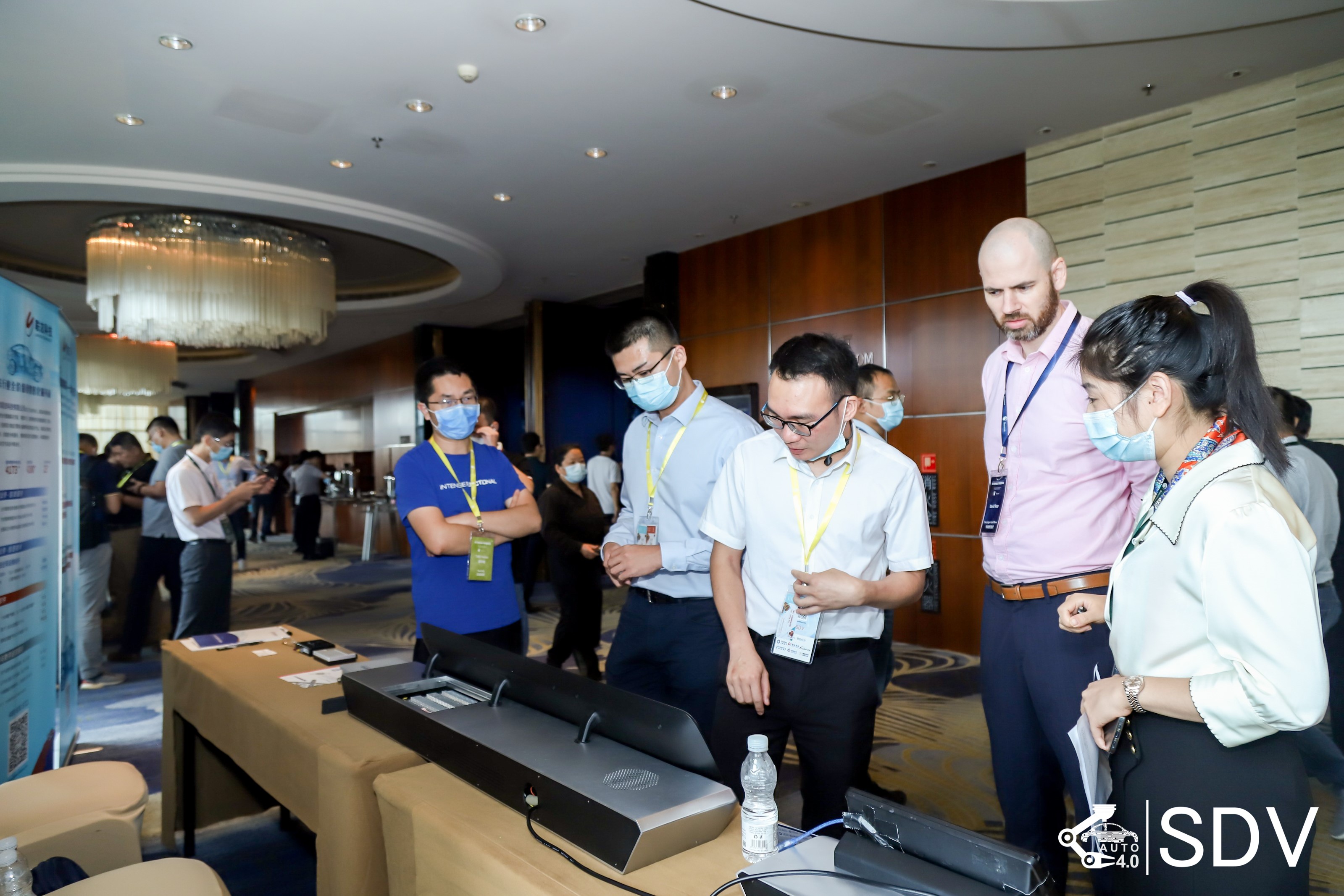
Based on the technical characteristics and strong user experiences of cockpits, Lanyou Technology takes implementing SOA forintelligent cockpits as a preferred path. The Lanyou intelligent cockpit offers an independent and open integrated terminal-cloud solution based on user experiences, where information is displayed on the onboard terminal, and external ecological resources are collected on the cloud, there by helping carmakers establish an independent, controllable, integrated and openintelligent cockpit system. In addition, Lanyou Technology offers vehicle-connected, on-board and vehicle-controlled intelligent parts, solutions and services including the 4G T-Box, 5G C-V2X T-Box, and integrated driving and parking domain controller.
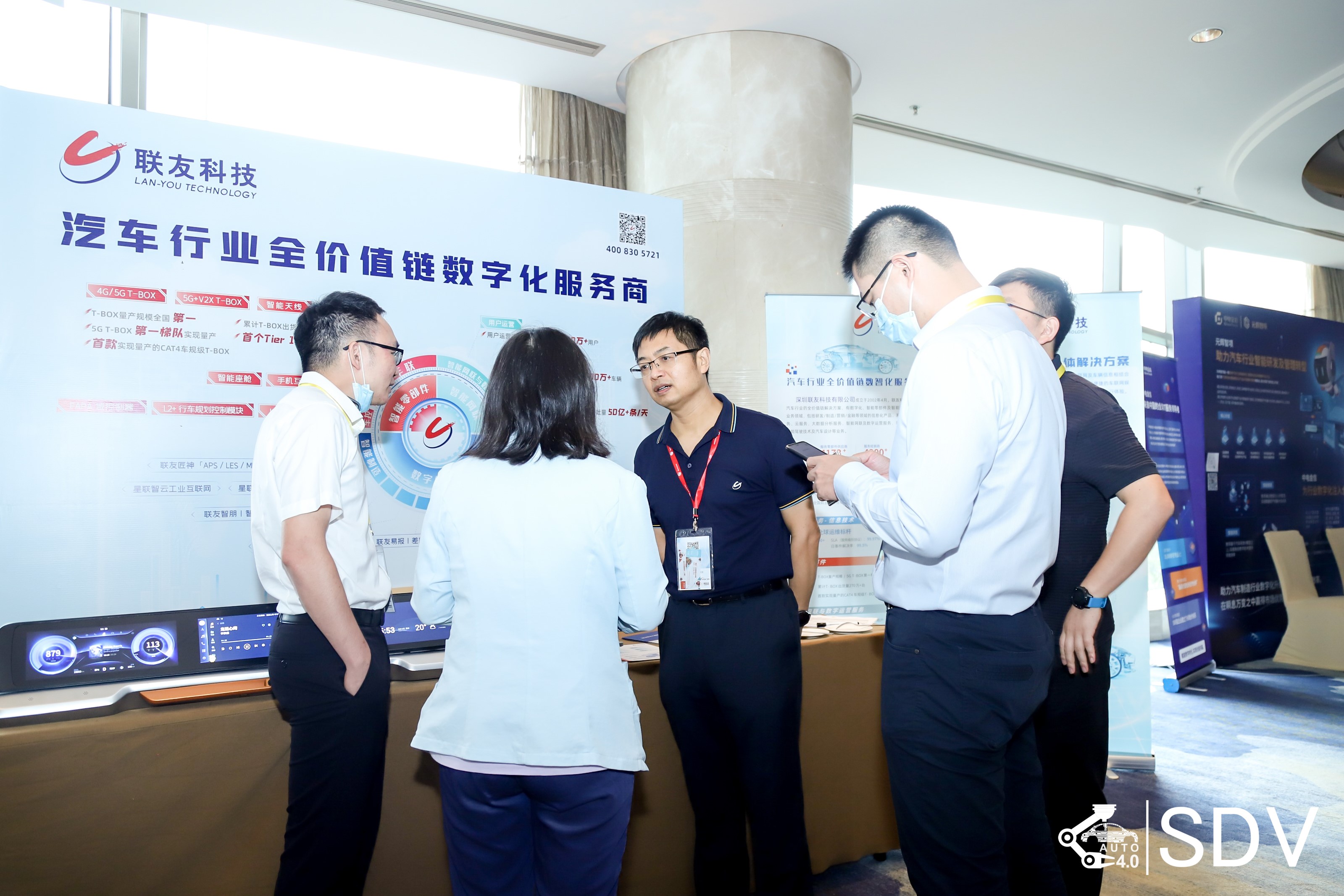
The summit also conducted in-depth discussions on how enterprises should position themselves flexibly and release their value in thenew software-defined automobile competition, how carmakers build superior software development capacity, how to conduct innovative complete architectural design to build a cloud-terminal integrated SOA software platform, how basic software should meet challenges arising from software-defined automobile development, attack and defense practices of cyber-security of automobile architectures.
Intelligent manufacturing
MarTech
ICV Cloud
Digital-Intelligent Finance
Digital-Intelligent Technologies
 Digital Operations
Digital Operations




